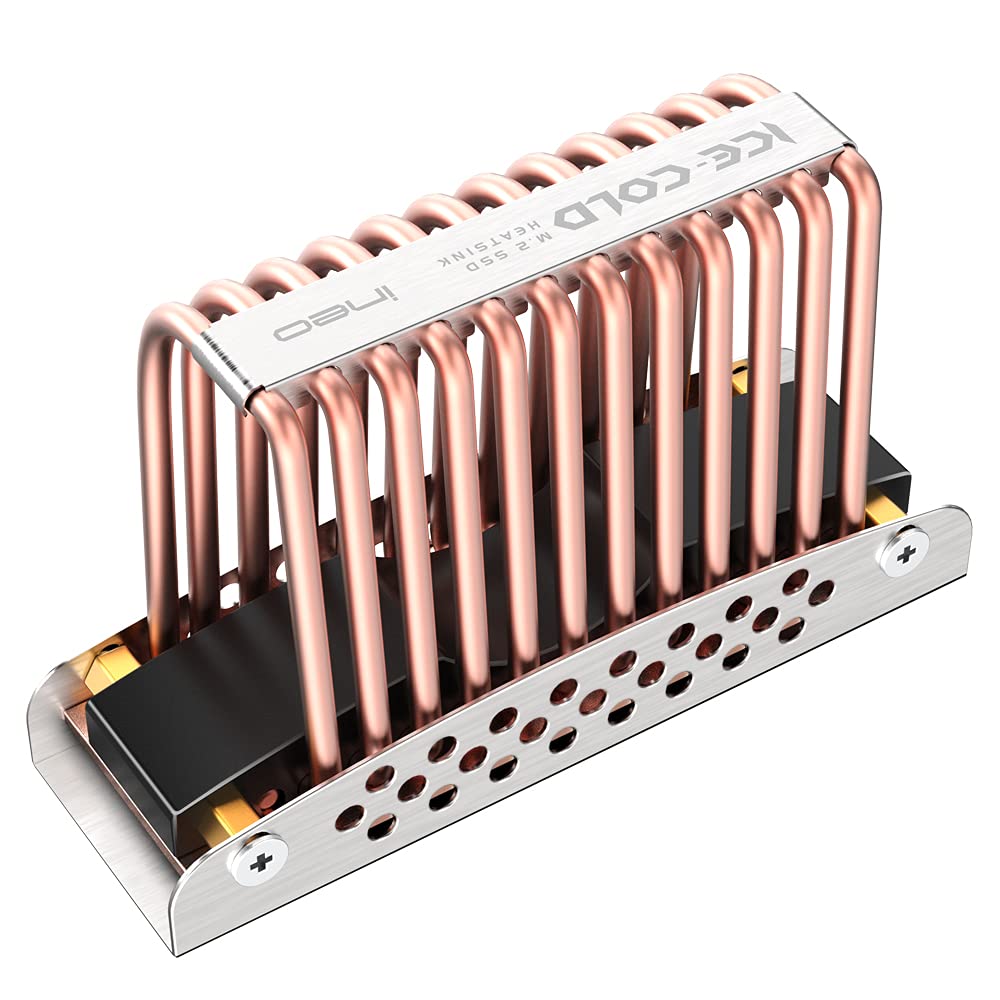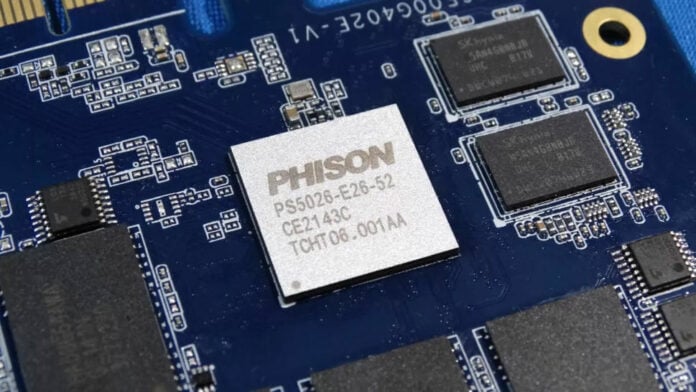Phison, the well-known controller manufacturer, notifies via a blog post about potential high heat outputs from Gen 5 and beyond SSD controllers.
You may remember how relatively slow SSDs were at the beginning, utilising SATA protocols which locked them at a theoretical 550MB/s. Then came the first PCIe M.2 drives boasting higher speeds, while also having IOPS go through the roof. PCIe seemed and still is looking like the future of storage.
To keep up with a growing demand for higher bandwidth/capacity, NAND flash/controller manufacturers are in a nonstop fight, pushing technology boundaries with every new generation. Where the first three had no real heat problems, as they merely consumed a few watts, Gen 4 started to literally heat up, needing, in a lot of cases, some sort of cooling device to operate optimally.
Gen 5 should follow suit with SSDs hitting 15W for a single drive, which may seem not big of a deal at first glance but starts to be when factoring in the small area where all this heat is concentrated. Even more, when you start adding laptops and ultrabooks to the equation, where space comes at a premium, cooling SSDs instead of CPUs or GPUs may be seen as a waste.

Despite being able to support up to 125°C on a controller basis, we must not forget that NAND memory shares the same space, all while not liking heat too much. For information, 3D NAND operates between a 0 to 70°C spectrum depending on grade/quality, with optimal temps ranging from 25 to 50°C.
For all these reasons and more, Phison is looking actively to minimise these problems. One solution is the tried-and-tested method of die shrinking, employing state-of-the-art lithography technologies has the benefit of lowering heat thanks to smaller transistors operating with lower power.
Another way would be to use fewer memory chips alongside fewer PCIe lanes, which should lower total consumption/heat, leaving more room for the controller to breathe. Decisions, decisions.


